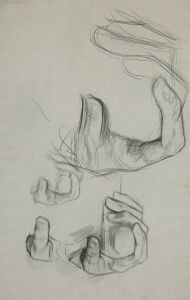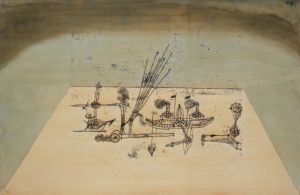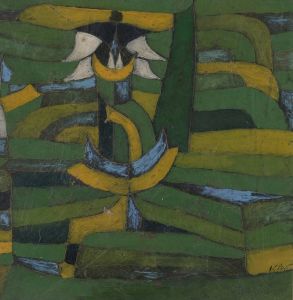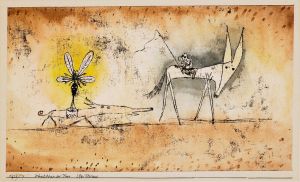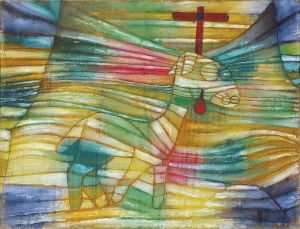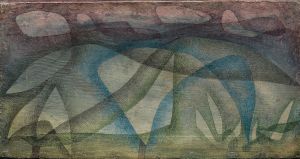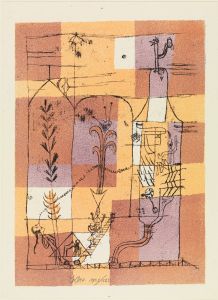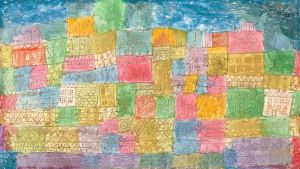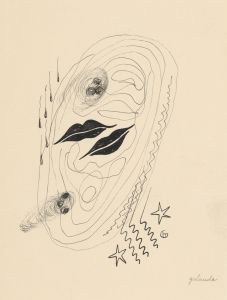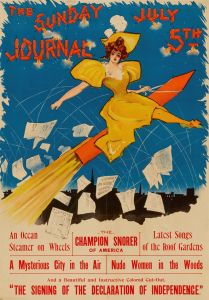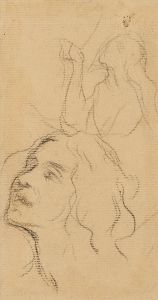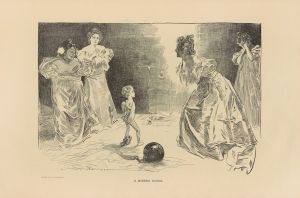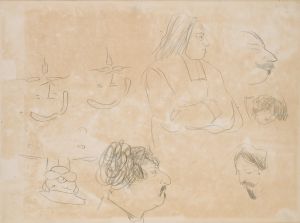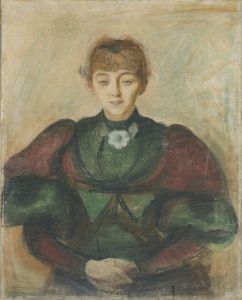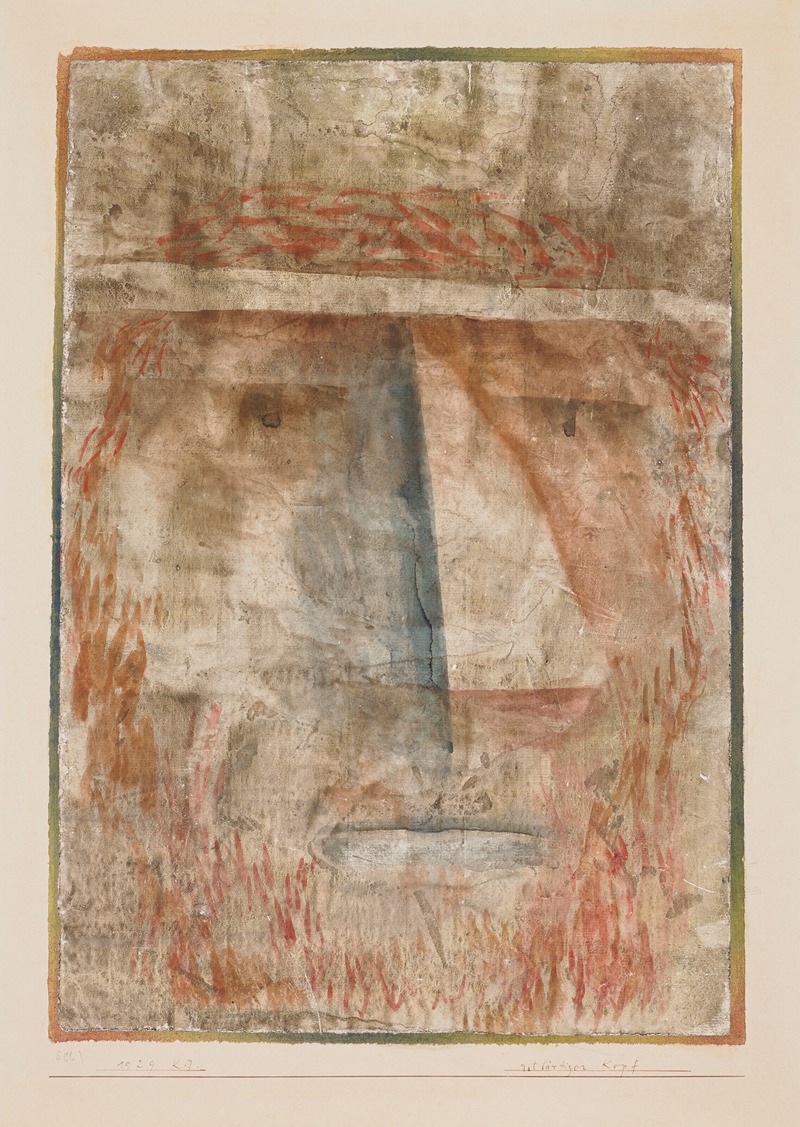
Rotbärtiger Kopf
A hand-painted replica of Paul Klee’s masterpiece Rotbärtiger Kopf, meticulously crafted by professional artists to capture the true essence of the original. Each piece is created with museum-quality canvas and rare mineral pigments, carefully painted by experienced artists with delicate brushstrokes and rich, layered colors to perfectly recreate the texture of the original artwork. Unlike machine-printed reproductions, this hand-painted version brings the painting to life, infused with the artist’s emotions and skill in every stroke. Whether for personal collection or home decoration, it instantly elevates the artistic atmosphere of any space.
Paul Klee's Rotbärtiger Kopf (translated as "Red-Bearded Head") is a painting created by the Swiss-born German artist in 1931. Klee, a prominent figure in modern art, was known for his highly individual style that combined elements of expressionism, surrealism, and abstraction. This work, like many of Klee's pieces, reflects his interest in exploring the human figure and emotions through simplified forms and symbolic use of color.
Rotbärtiger Kopf depicts a stylized human face with a prominent red beard, rendered in Klee's characteristic abstract manner. The composition is dominated by geometric shapes and bold lines, with a palette that emphasizes earthy tones, particularly shades of red and brown. The face is fragmented into distinct sections, creating a mosaic-like effect that is both expressive and enigmatic. The red beard, a central feature of the painting, draws attention to the figure's identity and character, though Klee leaves the interpretation open to the viewer.
The painting was created during Klee's tenure as a professor at the Düsseldorf Academy of Fine Arts, a period marked by both artistic productivity and political turmoil. In 1933, shortly after the rise of the Nazi regime, Klee was dismissed from his teaching position due to his modernist style, which the Nazis deemed "degenerate art." This political climate had a significant impact on Klee's career and personal life, leading him to return to his native Switzerland.
Rotbärtiger Kopf is an example of Klee's ability to distill complex emotions and ideas into deceptively simple forms. His work often draws on a variety of influences, including non-Western art, children's drawings, and his own theoretical writings on color and form. The painting reflects Klee's ongoing exploration of the human condition, using abstraction to convey psychological depth and universal themes.
Today, Rotbärtiger Kopf is recognized as part of Klee's vast and diverse body of work, which includes over 9,000 pieces created during his lifetime. The painting is held in a private collection, and its exact exhibition history is not widely documented. Klee's art continues to be celebrated for its innovation, playfulness, and profound impact on 20th-century modernism.





